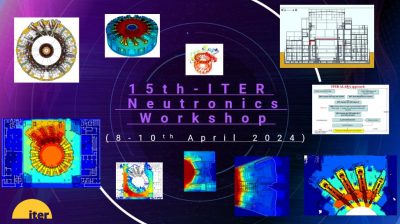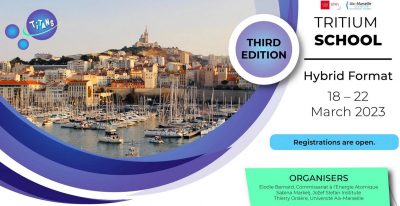
BSC’s Fusion Group has published a new article in the Fusion Science and Technology journal, entitled “Application and coupling of NEUTRO, a deterministic neutron transport solver for fusion applications in the Alya multiphysics environment”.
This work represents a significant milestone in our mission to develop comprehensive simulation tools for fusion reactor analysis. The article presents new results obtained using NEUTRO, the neutronics module of Alya, a massively parallel finite element framework created at BSC. This development is carried out within the Alya4Fusion initiative and continues previous work, which can be found in our blog (here and here).
For the first time, we have successfully demonstrated the coupling of three physics modules within Alya in the context of nuclear fusion: NEUTRO for neutron transport, TEMPER for heat transfer, and NASTIN for fluid dynamics. This integrated approach enables us to simulate the complex interplay between neutron radiation, heat deposition, and coolant circulation in fusion reactor components within a single computational framework.





